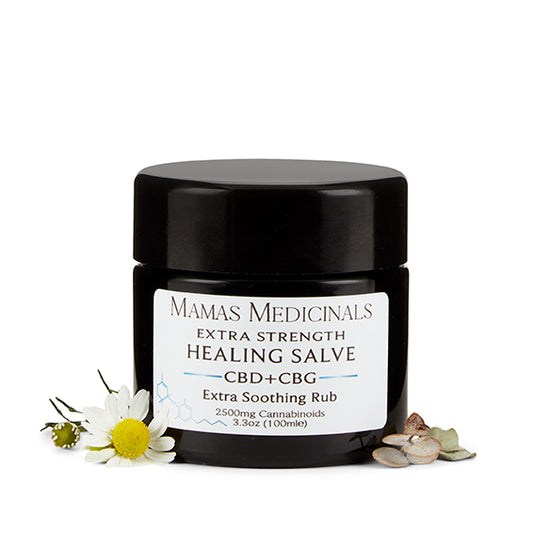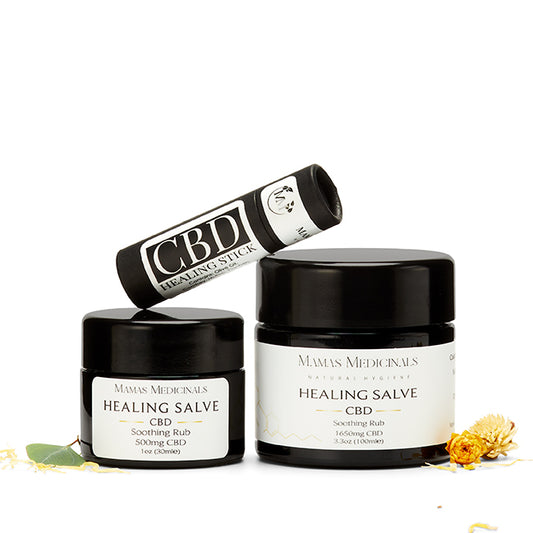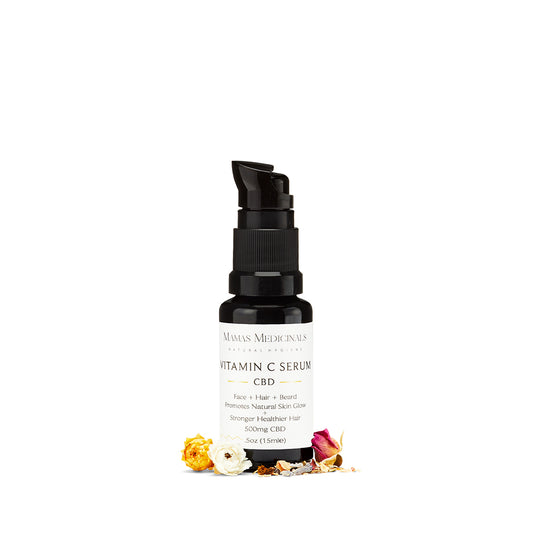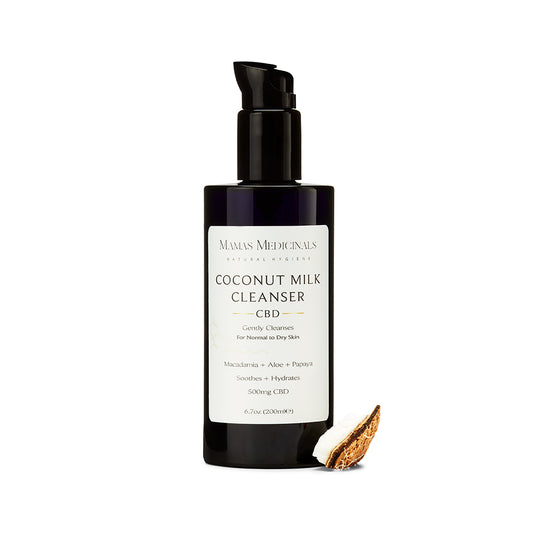A refreshing and light beverage, rose petal wine captures the subtle scent of freshly picked roses, making it an ideal fall drink. While the process is comparable to other herbal wines.
The recipe recommends picking the petals for their scent. The color is less critical, but red and pink blossoms add to the wine's attractive hue. It is crucial to choose unsprayed roses. I recommend using fresh-picked petals but you can use food-grade dried rose petals or rose buds purchased from a reliable supplier like Mountain Rose Herbs.
White grape juice is used in this recipe instead of all water to add body and mouthfeel that can be lacking in floral wines made without fruit. Lemon juice and a touch of cardamom provide acidity and a hint of warm spice. But both items can be skipped.
To make rose wine, you will require yeast nutrient, wine tannin or black tea, lemon juice, wine yeast, and white sugar. The process of making it involves brewing rose petals in water, straining the petals, and adding sugar. Once the sugar dissolves, the other winemaking ingredients can be added, except yeast, and poured into a fermentation vessel. After adding the yeast, allow the mixture to ferment for a few weeks before racking (moving the mixture to a clean container). Finally, allow it to ferment for 6-8 weeks bottling and then at least 2 weeks bottled before drinking

- High in Vitamin C - Roses are high in Vitamin C which is essential for maintaining healthy skin, bones and teeth.
- Anti-inflammatory properties - The antioxidants and anti-inflammatory properties in roses make them beneficial in reducing inflammation in the body.
- Immune-boosting - Roses are believed to have immune-boosting properties, which can help to fight off infections and viruses.
- Digestive health - Rose petals contain fibers and tannins that can help improve digestion and relieve constipation.
- Relaxation and stress relief - The fragrance of roses has a calming effect on the nervous system, making them an excellent choice for natural stress relief.
- Anti-aging - The antioxidants in roses can help to prevent premature aging and improve skin texture.
- Respiratory health - Rose tea can help to alleviate symptoms of respiratory illnesses like bronchitis and asthma.
The Recipe
- 3 ounces Fresh Rose Petals or about 2 ounces dried
- 2 1/2 lbs Sugar (about 5 cups)
- 6 cups organic white grape juice
- 1 tsp yeast nutrient
- 2 Tbsp lemon juice
- 1 cup strongly brewed black tea
- 4-5 cardamom pods (optional)
- 1 packet wine yeast
If using dried rosebuds, you can use less weight since they’ve had the water removed. Go with 2 ounces. Fresh or dried, the process is the same.
Place them in about 1/2 gallon of water with a few cardamom pods (optional) on the stove and bring to a gentle boil. Then, turn off the heat, cover, and steep 20 minutes.
While the rose steeps make a strong cup of black tea
While the water is still hot, strain the rose petals and add in sugar. Stir to completely dissolve.
Then add in the grape juice, yeast nutrient, lemon juice, black tea
Pour the mixture into a carboy. The juice should have cooled down the mixture. You want to make sure your temp is no more than 95 degrees and you can then add the yeast at this point. If hot, wait until it cools before adding the yeast.
Adding the yeast when the mixture is above 95 degrees (or about blood warm) will kill the yeast, and your rose wine just won’t work.
Add Yeast to ½ cup warm water and let dissolve for 10 minutes. (Follow yeast packet directions)
Adding the yeast from the refrigerator into a sugary liquid can shock the yeast, and they do better when woken up gently in plain water so they can rehydrate before going to work.
Pour the yeast/water mixture into the carboy. If needed add more water to bring the fill line to the neck of the jug. Cap with a water lock and allow the mixture to ferment for 2 to 3 weeks.
Things should have slowed down a bit after the initial 2 to 3 weeks of fermentation, known as primary fermentation. There should be a good bit of yeast sediment at the bottom of the jug, and the water lock should release gasses much less frequently.
At this point, the wine’s not finished but needs to be moved to a new clean container. Leaving the wine on top of the “lees” or dead yeast at the bottom can result in off-flavors, and the rose has a delicate flavor.
Use a siphon to transfer the wine to a new clean carboy (known as racking), and re-cap with the water lock. If necessary, fill the container with water, white grape juice, or better yet, more cooled rose blossom tea to bring the level back up to the neck of the jug.
Allow the mixture to ferment with the water lock on for another 6 to 8 weeks before bottling.
Bottle in flip-top Grolsch bottles for short-term storage, or corked wine bottles for storage longer than a few months. Either way, allow the wine to rest in the bottle for at least 2 weeks before drinking.
To see skincare made with wild rose infusions check out Mamas Medicinals Vitamin C Serum, Honey Face Scrub and Healing Salve





